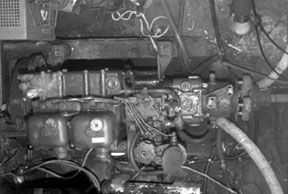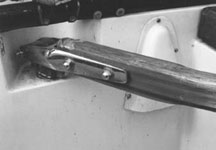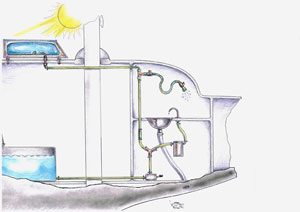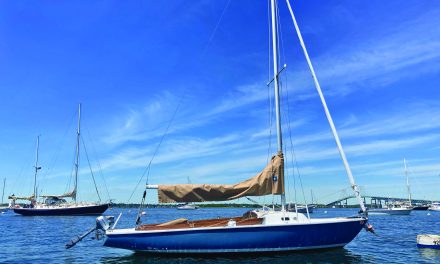An easily assembled base and two Bluetooth speakers provide a rockin’ sound system.
Issue 137: March/April 2021
I spend a lot of time aboard my boat just tinkering. Other times, I sail her alone. On the best of days, I’m standing watch in the cockpit with friends or family around me. On all of these occasions, listening to music makes me happy and enriches my time aboard.
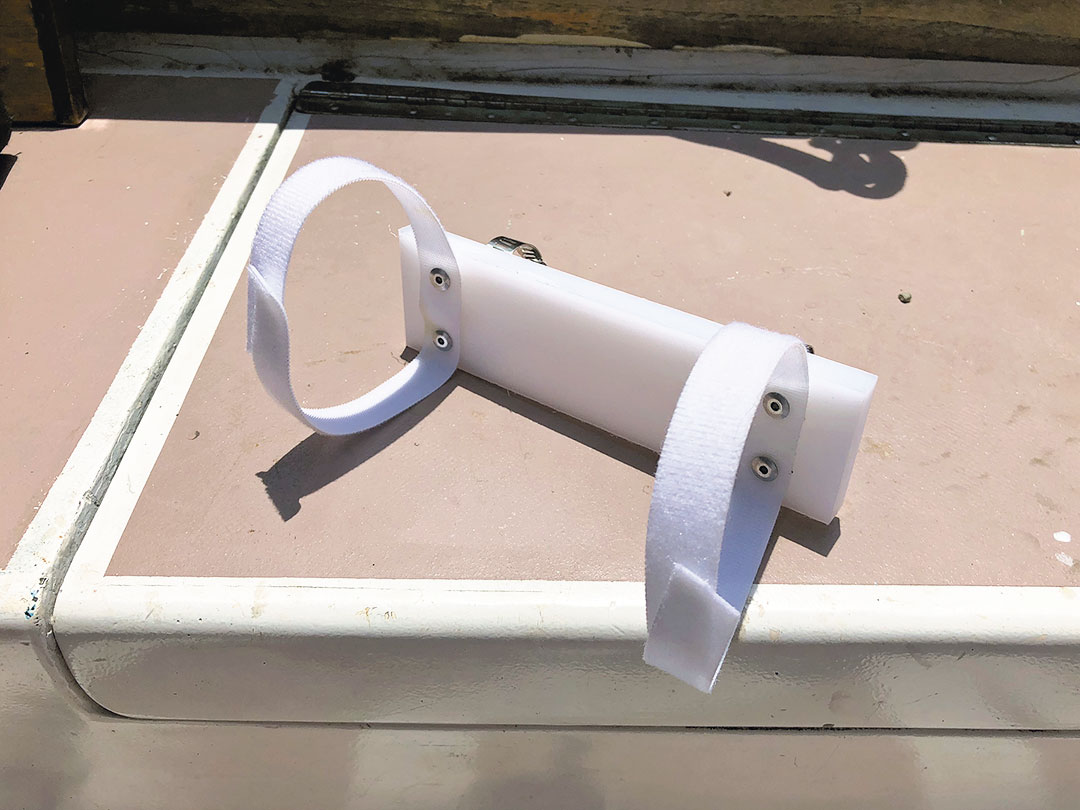
Besides keeping the speaker secure and being easy to install and remove, the base also enhances the speaker’s bass tones.
Headphones are an easy solution, but they’re not for me. When I’m alone, they block ambient sounds I want to be able to hear. When I’m sailing with others, well, there’s nothing more socially isolating than headphones. I needed a simple sound-system solution for the cockpit, and I found one.
Initially I considered mounting a water-resistant sound bar to the dodger frame, but then I came across a Bluetooth speaker that fit the bill perfectly.
Bluetooth is a wireless networking protocol—it’s how your phone communicates wirelessly with your car and other external devices, like a Bluetooth speaker. There are hundreds on the market, at all price points, but the make and brand I chose—Oontz Angle 3—is compact, battery-powered, and IPX5-rated for water resistance. When paired with a second of its kind, the two become left- and right-hand speakers, offering a true stereo experience. I recharge them using a standard USB cable.
Mounting them turned out to be relatively simple. I purchased a plastic kitchen cutting board and cut it on a table saw to create two bases, each with the same footprint as the speaker. I used short screws to fasten a pair of stainless steel hose clamps to the base; these clamps then attach the bases to the frame of the dodger, one on each side.
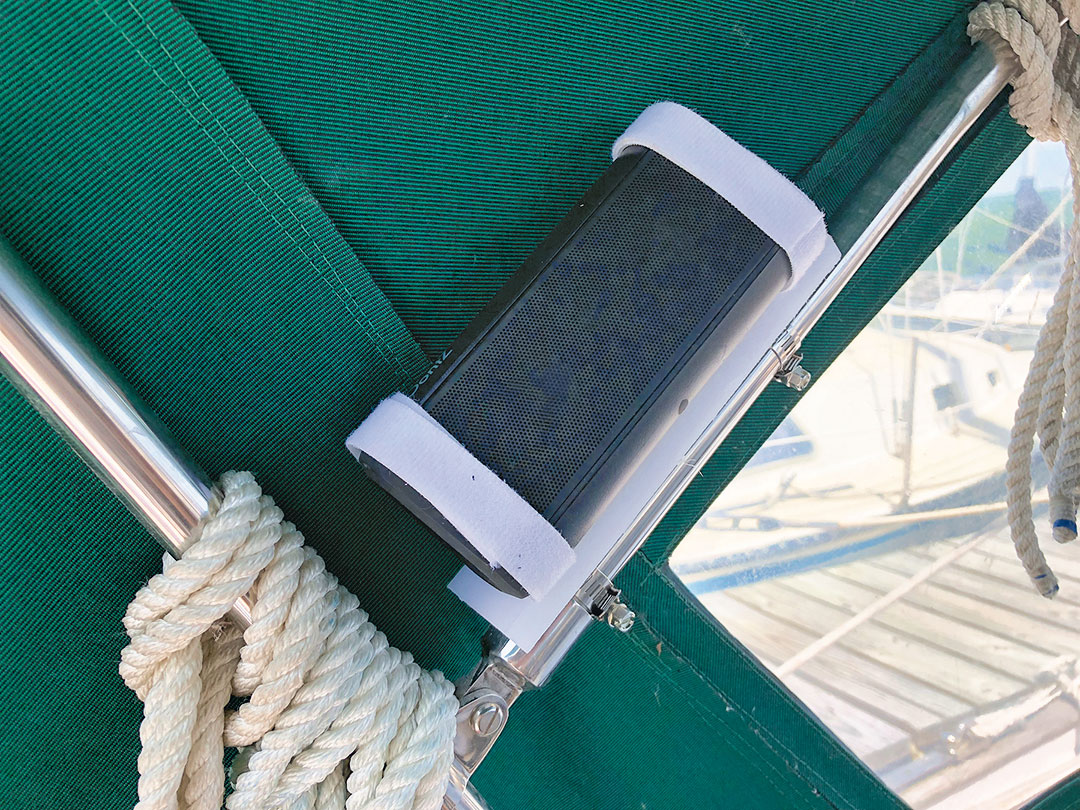
When secured on both sides of the dodger, the speakers are protected and out of the way.
I used pop rivets to attach a pair of Velcro strips to each base, but these could also be fastened with short screws. The straps let me attach the speakers securely when I want to use them while also letting me easily remove them for charging or taking them elsewhere, like down below.
I could have mounted these speakers without using the plastic base by strapping them directly to the metal dodger frame. But it turns out that the bases provide a bonus in the sound, doing a solid job of reflecting the low-frequency bass tones into the cockpit.
Best of all, I didn’t have to cut a hole in the cockpit bulkhead or coaming to mount a power-draining car stereo and the speakers to go with it. I didn’t have to run any wires. And at the end of a sailing day, I can take my sound system other places, like my garage or the park. Rock on!
Tom Alley has been a ham radio operator (NT2S) for over four decades. He and his family sail a 1965 Alberg 35 sloop, Tomfoolery, and are active racers and cruisers with the Finger Lakes Yacht Club in Watkins Glen, New York. He also manages the Alberg 35 user group website, Alberg35.org. When he’s not sailing, thinking about sailing, or tinkering with his boat, Tom is either scuba diving, hanging out with fellow amateur radio operators, or (as a last resort) working as an engineer to support his sailing addiction and, if there’s any money left over, send his kids to college.
Thank you to Sailrite Enterprises, Inc., for providing free access to back issues of Good Old Boat through intellectual property rights. Sailrite.com


